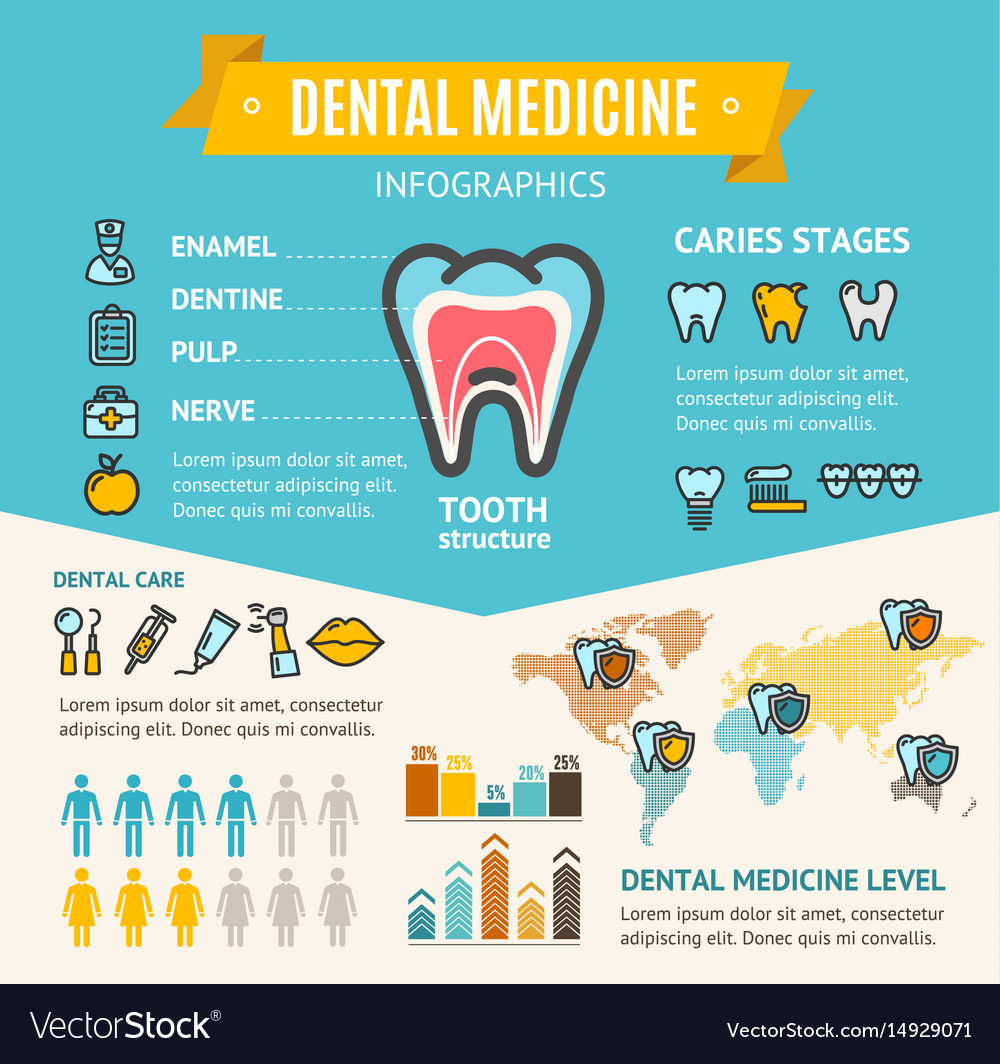The Future Of Oral Surgery: Developments And Advancements Shaping The Area
The Future Of Oral Surgery: Developments And Advancements Shaping The Area
Blog Article
Material Author-Demir Jefferson
Invite to the world of dental surgery, where innovations and breakthroughs are forming the future of the area! In this amazing world, you'll witness the transformative power of robotics, the sophisticated wonder of 3D printing, and the game-changing influence of minimally invasive techniques.
Get More Information of dental surgery holds an assurance of accuracy, effectiveness, and improved individual end results. With the help of innovative robotics, cosmetic surgeons are able to do complicated treatments with higher precision and control.
3D printing innovation is transforming the development of dental implants and prosthetics, providing customized remedies that fit perfectly into each patient's unique composition.
In addition, minimally invasive methods are decreasing post-operative discomfort and recuperation time, permitting patients to go back to their lives earlier.
Prepare yourself to discover the interesting advancements and breakthroughs that are reshaping the landscape of oral surgery!
Advancements in Robotics
One significant improvement in dental surgery is using robot technology, which enables precise and effective operations. With the help of robot systems, oral surgeons have the capability to execute complex surgical treatments with improved accuracy, decreasing the threat of human error.
These robot systems are outfitted with innovative imaging innovation and exact tools that allow surgeons to browse through detailed anatomical frameworks with ease. By utilizing robot technology, doctors can accomplish greater medical accuracy, leading to enhanced individual outcomes and faster healing times.
In addition, the use of robotics in oral surgery allows for minimally invasive treatments, minimizing the trauma to surrounding tissues and promoting faster recovery.
3D Printing in Dental Surgery
To boost the field of oral surgery, you can discover the subtopic of 3D printing in oral surgery. This ingenious innovation has the potential to transform the way oral specialists operate and deal with individuals. Here are https://www.businesswire.com/news/home/20220520005359/en/%C2%A0Align-Technology-and-Asana-Announce-Strategic-Partnership-to-Offer-Asana-Smiles%E2%84%A2-for-Align-a-New-Work-Management-Solution-to-Invisalign-Trained-Doctors-in-the-United-States in which 3D printing is shaping the area:
- ** Custom-made Surgical Guides **: 3D printing enables the creation of very accurate and patient-specific medical guides, boosting the precision and performance of treatments.
- ** Implant Prosthetics **: With 3D printing, dental specialists can produce personalized dental implant prosthetics that flawlessly fit a person's unique composition, leading to better results and person satisfaction.
- ** Bone Grafting **: 3D printing makes it possible for the manufacturing of patient-specific bone grafts, reducing the need for conventional grafting strategies and boosting healing and recuperation time.
- ** Education and Training **: 3D printing can be made use of to create sensible medical versions for instructional functions, enabling dental cosmetic surgeons to exercise complicated treatments before executing them on patients.
With its prospective to boost precision, customization, and training, 3D printing is an interesting advancement in the field of dental surgery.
Minimally Invasive Strategies
To better advance the area of dental surgery, embrace the possibility of minimally invasive strategies that can greatly benefit both cosmetic surgeons and people alike.
Minimally invasive strategies are revolutionizing the area by minimizing surgical injury, reducing post-operative discomfort, and accelerating the healing process. These techniques include utilizing smaller incisions and specialized instruments to perform procedures with precision and performance.
By utilizing innovative imaging innovation, such as cone light beam calculated tomography (CBCT), doctors can precisely intend and carry out surgeries with minimal invasiveness.
Furthermore, the use of lasers in oral surgery allows for exact cells cutting and coagulation, causing minimized blood loss and reduced healing time.
With minimally invasive methods, people can experience faster recuperation, lowered scarring, and boosted results, making it a crucial facet of the future of dental surgery.
Final thought
So, as you can see, the future of oral surgery is incredibly appealing, with interesting developments and advances shaping the field.
From the innovations in robotics to using 3D printing and minimally invasive strategies, dental cosmetic surgeons are revolutionizing the method they offer care.
While some may bother with the possible price connected with these developments, it is necessary to bear in mind that these technologies eventually improve individual end results and reduce recovery time, making them well worth the financial investment over time.
